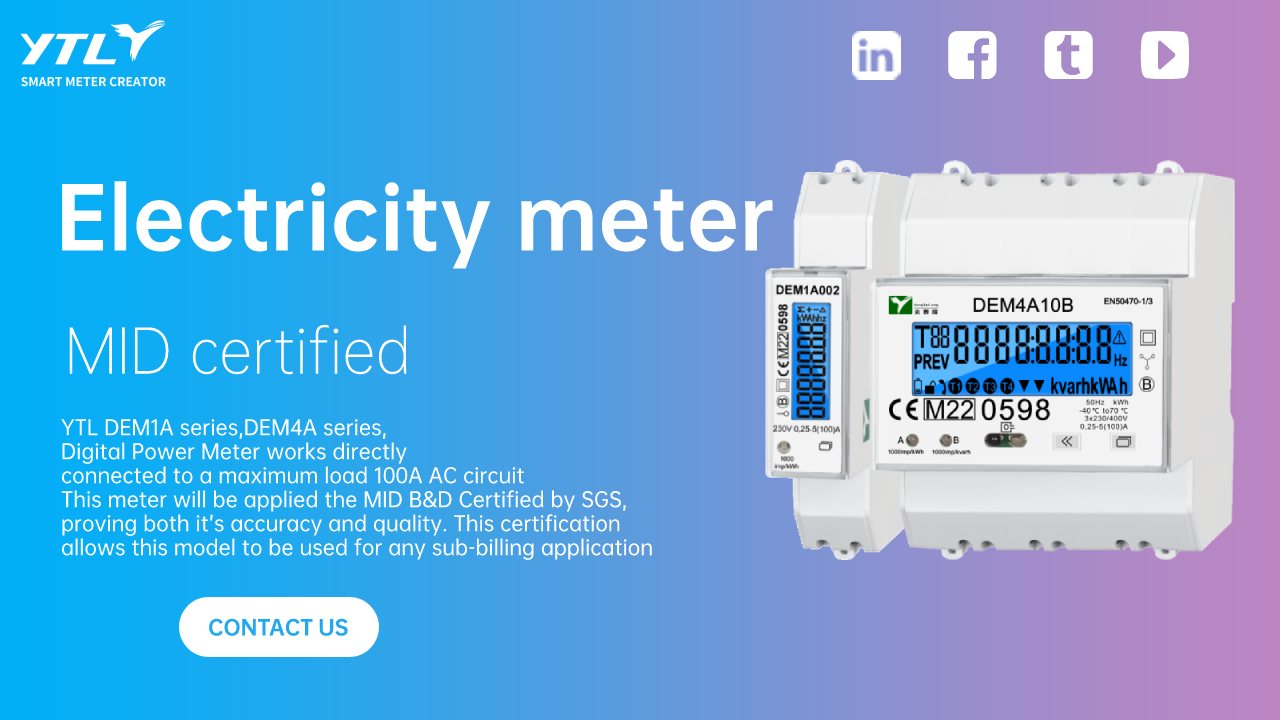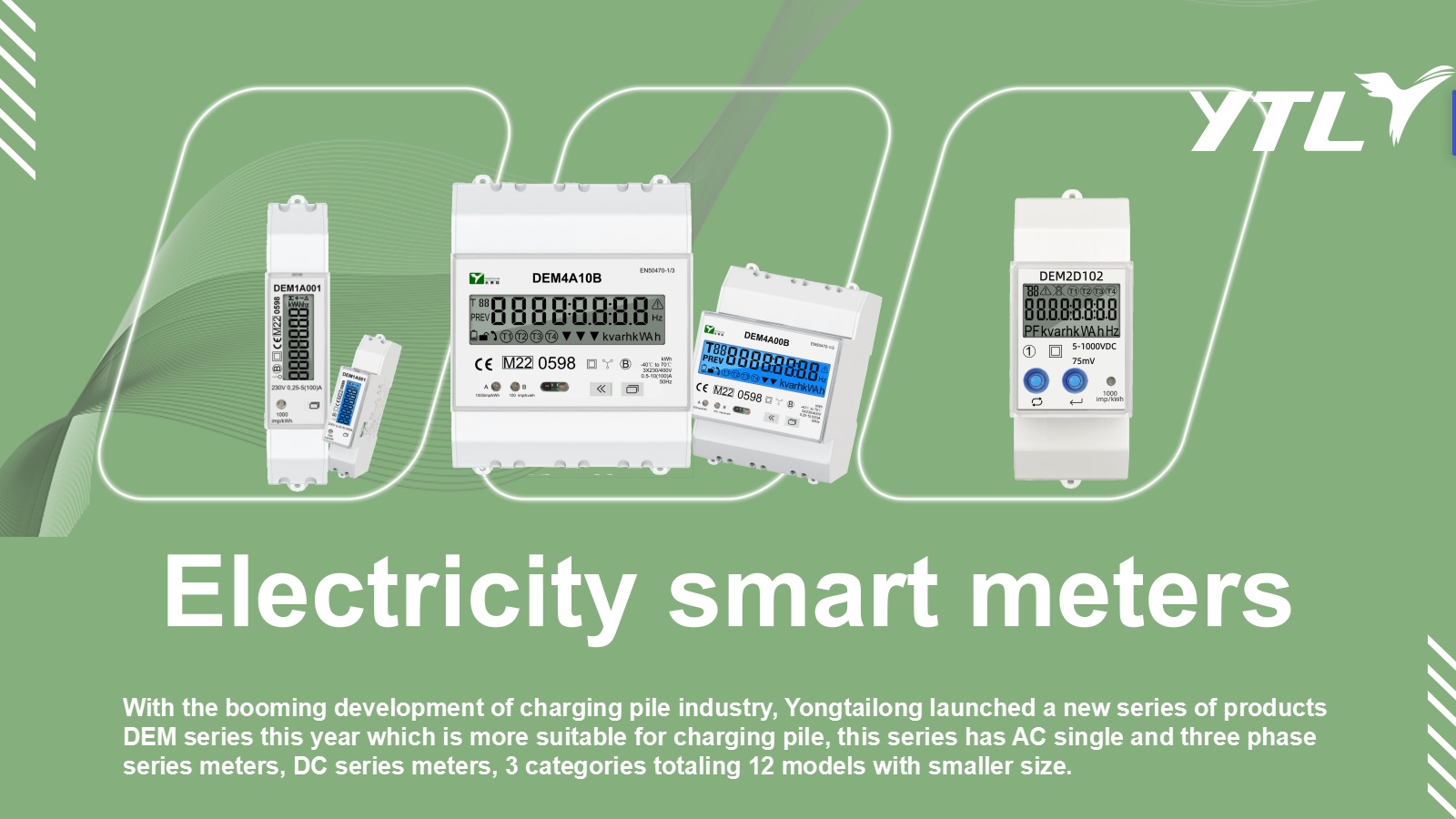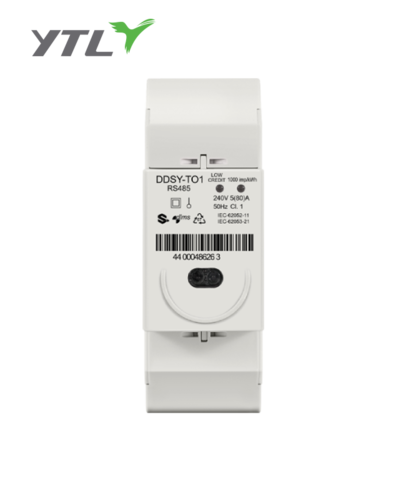The M-Bus energy meter and the RS485 energy meter both play important roles in remote meter reading systems, but they have significant differences in technical characteristics and application scenarios. The following is a detailed comparative analysis of these two types of energy meters, aimed at comprehensively explaining the differences between them.
1. Technical characteristics
Communication Distance and Speed
RS485 energy meter: According to the theory of RS485 bus structure, in an ideal environment, the transmission distance can reach 1200 meters. However, in the field of centralized meter reading, due to various factors such as baud rate, cable impedance, and converter quality, the actual stable communication distance often falls short of this theoretical value. Especially under the common setting of a baud rate of 1200, the communication distance of the RS485 bus will be further shortened.
M-Bus energy meter: The transmission distance of m-bus is affected by the network distribution line conditions, cable length and cross-sectional area, as well as transmission speed. In centralized meter reading schemes, the commonly used baud rate is 4800, at which point the reliable communication length of the m-bus can reach 1000 meters, sufficient to meet the needs of centralized meter reading in residential areas.

Cable Requirements and Communication Levels
RS485 energy meter: The RS485 bus requires four wires, including two shielded twisted pairs with different polarities and two additional power supply cables. It has high requirements for the quality of the twisted pairs, which increases the cost of centralized meter reading. In addition, the RS485 transceiver operates within the specified common-mode voltage range and transmits signals through differential voltage.
M-Bus energy meter: m-bus uses non-polar ordinary RV1.5 twisted pair cable, with downstream transmission as voltage signals and upstream transmission as current signals. This design not only enhances the anti-interference capability of the transmission signals but also significantly reduces material costs and lowers wiring difficulty. More importantly, the m-bus bus has node power supply capability, which can provide a regulated power supply for each terminal, further reducing costs.
Load Quantity
RS485 energy meter: The number of loads depends on the model of the chip in the RS485 converter and the device chip. Generally, the load capacity of 485 chips is divided into three levels: 32 devices, 128 devices, and 256 devices. However, in practical applications, these theoretical values are often not achieved. If you need to increase the number of nodes or loads, you must use RS485 repeaters or hubs to extend the network distance or the number of nodes.
M-Bus energy meter: The number of loads on the m-bus depends on the capacity of the power supply. Theoretically, as long as the power supply capacity is large enough, the number of loads is unlimited. However, in practical operation, the power supply capacity is limited, so the number of loads on the m-bus typically reaches about 500 water meters and 300 electricity meters.

Topological Structure
RS485 energy meter: Due to the specifications of the RS485 network limiting communication length and the number of nodes, it is typically only suitable for simpler connection methods such as star or serial connections. This allows RS485 to perform well in work environments where the topology is relatively fixed or known. However, in centralized metering environments, where the required topology is often unknown and complex, the limitations of RS485 become particularly evident
M-Bus energy meter: The m-bus communication method does not require polarity distinction and is specifically designed for transmitting information for consumption measurement instruments and counters. Therefore, it can be wired in any topological structure and supports cascading. This allows m-bus to demonstrate good adaptability in centralized metering environments compared to rs485, as the failure of any connected node will not affect the normal operation of the system, significantly enhancing the reliability and stability of the system.

 English
English 简体中文
简体中文













